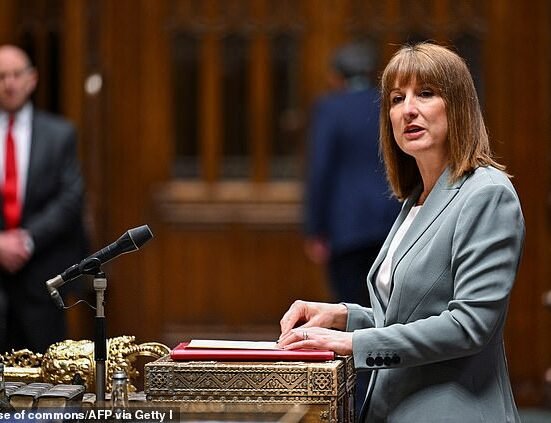(Bloomberg) — New Zealand’s central bank intends to reduce interest rates toward a more neutral setting at a measured pace, now that it has begun its easing cycle, Reserve Bank Governor Adrian Orr said.
Most Read from Bloomberg
The RBNZ cut the Official Cash Rate by a quarter-percentage point to 5.25% yesterday and forecast it would decline to 3% by mid-2027. Orr said policymakers estimate that’s around the level of the neutral rate.
“We want to get there at a careful and measured pace to ensure that inflation expectations remain anchored at the 2% target rate,” the governor said in an interview with Bloomberg Television on Thursday in Wellington. “That is our single focus.”
The RBNZ began its easing cycle much earlier than previously signaled as the economy slumps and inflation slows. The central bank reckons the economy is now in its third recession in less than two years while inflation will return to its 1-3% target range in the current quarter.
Indicators of inflation pressures are giving the central bank confidence it is on the right course, Orr said.
“The important things that we’ve been watching for have actually been around price setting behavior, inflation expectations and the path of the domestic homegrown inflation components,” he said.
“All are now aligned with low and stable inflation being restored to New Zealand and that’s the outlook for the next couple of years.”
Orr said while the economy is currently weak, the outlook is for gross domestic product to begin expanding in late 2024 and through 2025 so there is no need for more stimulus.
“There are many things that are pointing in the right positive direction for economic growth,” he said. “We see positive economic growth coming and we can be easing interest rates. So we have growth without the inflation.”
Orr said one reason for the economic contraction is that New Zealand has poor productivity and a low potential growth rate, so when the brakes are applied through high interest rates GDP stalls.
“We’ve pulled back on the spending around a low potential economy and hence we are printing negative GDP,” he said. “The answer? Improve the average speed capability of the vehicle we’re driving, and that is productivity.”
–With assistance from Haidi Lun and Shery Ahn.
(Updates with governor’s comments on GDP in eighth paragraph)
Most Read from Bloomberg Businessweek
©2024 Bloomberg L.P.







